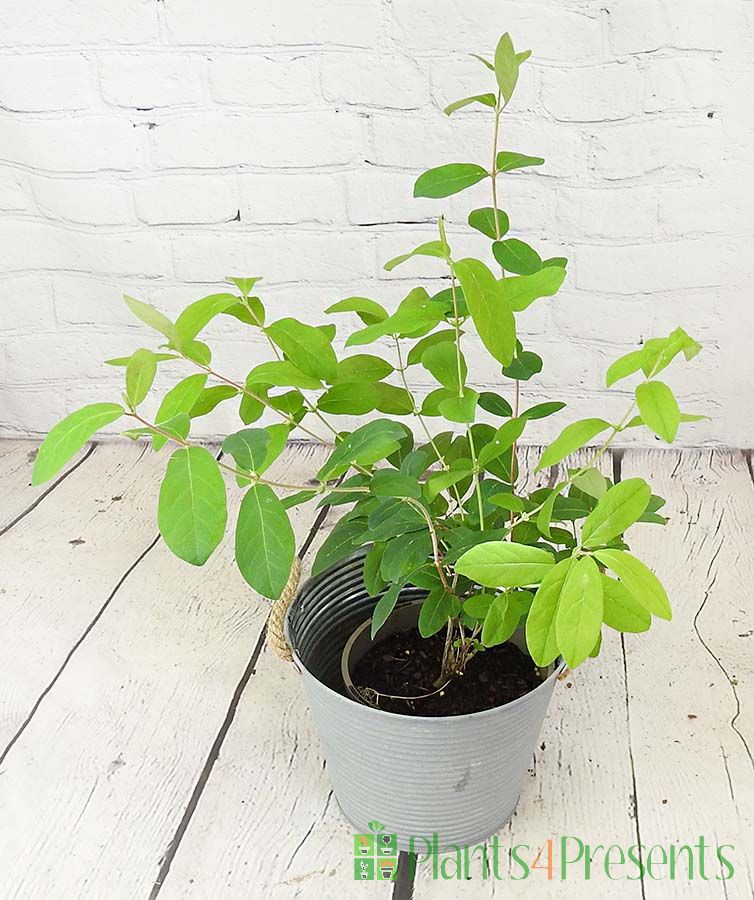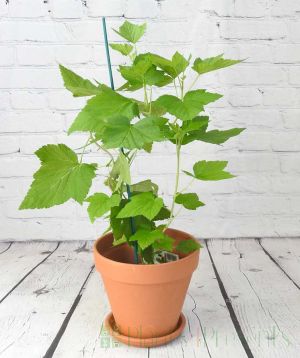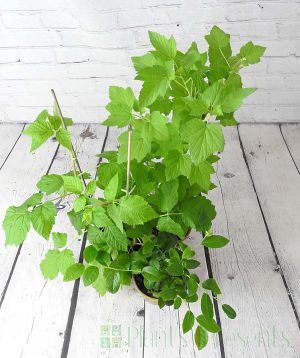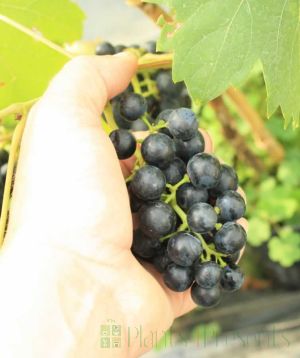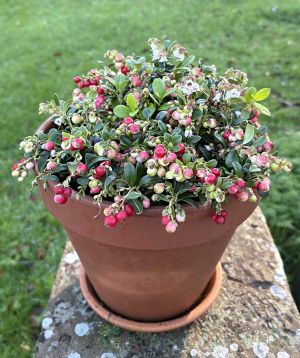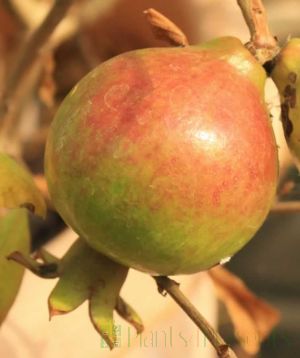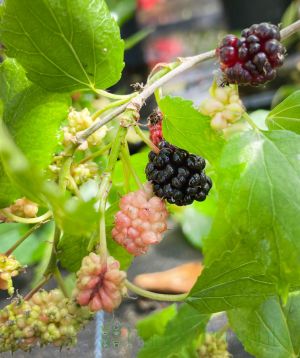Honeyberry
Out of stock


- Vigorous climbing vine with tasty blue fruits
- Choose your delivery date including next day on the order form
- Delivered gift wrapped and boxed with a handwritten greeting card
Great gifts for those who like to grow something a little bit different, we've now sold out of these popular honeyberries but we do hope to have some more later in the season. Watch this space for more news soon or check out our other tasty fruit bushes
 4.8/ 5
6 reviews
4.8/ 5
6 reviews


Given as a gift and my sister was delighted

Excellent plant

Pretty plant and arrived on time - clearly well-cared for!

looking forward to some berries and a few pots of jam

The honeyberry was presented very nicely and looked healthy and well cared for.

Plant needed some water on arrival and then perked up

These instructions are sent with the plant gift
Honeyberries or edible honeysuckles (Lonicera caerulea) originate in Siberia where they often grow high up in the mountains and so can cope with a wide range of conditions. They are climbing plants and will grow best up a sunny wall or partially shaded wall or terrace.
Whilst your plant is in a small pot it will need regular watering. Aim to water it heavily and then allow the top of the compost to dry out before watering heavily again. As soon as the chance of frost is past in the Spring your honeyberry will benefit from being planted out in the garden or potted up in a much larger pot. Add a top dressing of well rotted manure or other rich compost to help your plant settle in and you may want to replace the pyramid of canes with a longer single cane or trellis as your plant grows.
A relatively new introduction to the UK these easy-going plants do well in a range of soils and produce quite substantial harvests within just a few years. We expect these young plants to put on plenty more growth this year and with a bit of luck you should get your first set of flowers this year and the first crop of berries next summer. Over time your plant will grow into a sizeable vine, climbing up to 3-4m tall with masses of pretty white flowers and good crops of sweet berries each year. They shouldn’t need much pruning just remove any damaged branches or crossing branches after the summer harvest.
The fruits of the honeyberry are rich in Vitamin C and antioxidants and similar in flavour to blue berries. Make sure they ripen to a deep soft blue-purple and use them fresh from the vine in puddings or they make fantastic jams and preserves.
Problem solving
Honeyberries are not greedy feeders but if the leaves start to turn a pale or mottled colour your plant needs more nutrients and will benefit from a good dose mulch of organic matter.
If you have plenty of flowers but not many fruits, try using a paintbrush to cross-pollinate the flowers or plant a second honeyberry nearby to improve the harvest.
Honeyberry plants are deciduous so don’t be alarmed when it starts to lose its leaves in winter. These plants are reasonably hardy but if we do have particularly cold spells (-8C or colder) then a fleece or heavy straw mulch will give your plant a bit more protection especially in the first couple of years.












